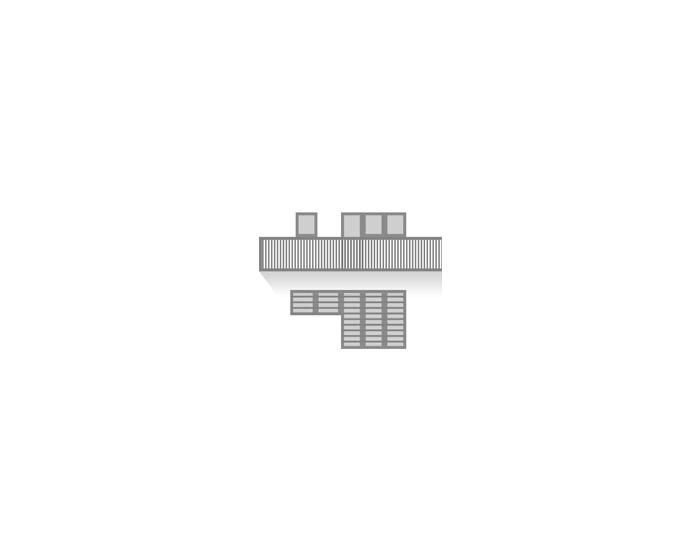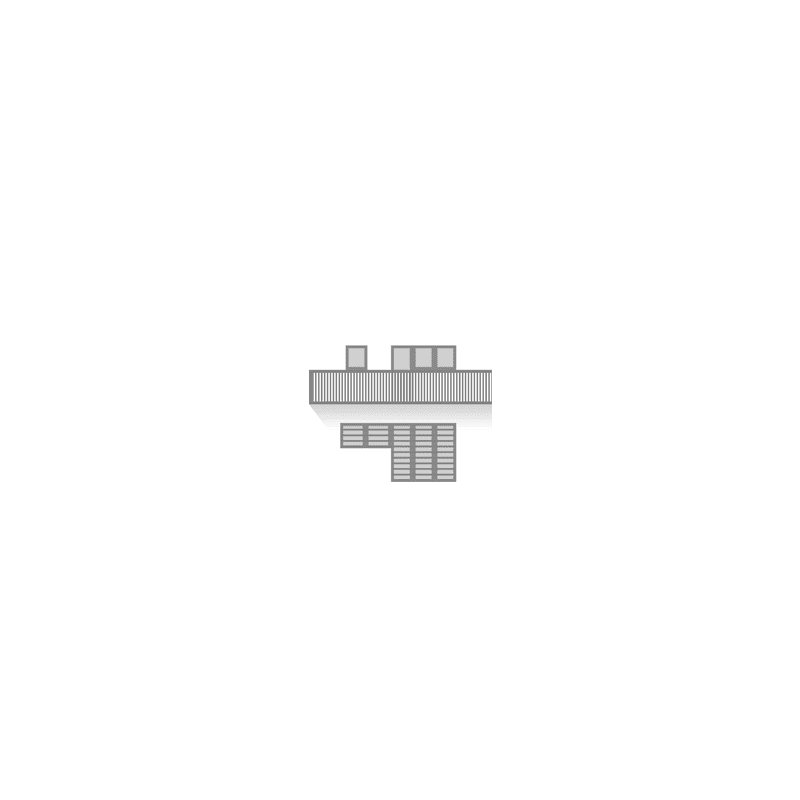Houses Lurcat (nos. 25-28)

View from the Street
© Adsy Bernart

View from the Street
© Adsy Bernart

View from the Garden
© Adsy Bernart

House 25 – 28
Martin Gerlach jun. © Wien Museum

House 25 – 28
Martin Gerlach jun. © Wien Museum

House 25 – 28
Martin Gerlach jun. © Wien Museum

House 25
© Wien Museum
Architect
Interior Design
address
Veitingergasse 87, 89, 91 and 93
Constructed Area
38 m²
André Lurçat was one of the best known representatives of functionalism in France and a founding member of the CIAM – Congrès Internationaux d’Architecture Moderne (International Congresses of Modern Architecture). His terraced houses for the Vienna Werkbund Exhibition are among the most striking on the estate, with their closed, block-like design and rounded staircase towers that project forward from the façade. The unwelcoming character of the street front is enhanced by the few narrow windows – almost like arrow slits – and by the high walls of the front gardens. The garden front, however, presents a complete contrast: Lurçat here opens up the rooms of both upper storeys with continuous bands of south-facing fenestration. The row of white houses with dark-green windows features a continuous roof terrace (only accessible from house no. 25) and a prominent inscription on its narrow, city-facing side: ‘Werkbundsiedlung 1932’.
All four south-orientated houses offer a living space of 68 m², which is clearly divided into three functional areas corresponding to the three storeys. Since each house occupies an area of only 38 m², it was necessary to keep circulatory spaces to a minimum. Around half the ground floor is left open: alongside the working rooms, which include a washroom, cellar, and store-room, there is a covered sitting area with access to the garden (later walled up). The staircase tower, which is set forward from the body of the building and was furnished with artificial stone steps, leads to a first storey with living room, kitchen, secondary room, and lavatory. The storey above has a small ante-room leading to two bedrooms, which are divided by a bathroom. Criticism of André Lurçat’s buildings concentrated not only on the forbidding character of his design and his choice of fenestration ill-suited to the local climate, but also and particularly on a groundplan that required so much climbing of stairs.
André Lurçat intended his houses to contain flexible furnishings, such as foldable beds and tables. His groundplan drawings show possible scenarios for day and night furnishings: on the second floor, for instance, the beds could be folded up and made to ‘disappear’ into the wall when not required, creating additional living space for the inhabitants during the day. Lurçat was not alone in his attempts to rationalise flat design by using built-in furniture: this had been the subject of numerous congresses, publications, and exhibitions since the early 1920s.
Text: Anna Stuhlpfarrer
Historic Floor Plans

House 25

House 25

House 25

House 25
Visualizations

Houses 25 –28, Lurçat

Houses 25 –28, Lurçat

Houses 25 –28, Lurçat

Houses 25 –28, Lurçat

Houses 25 –28, Lurçat